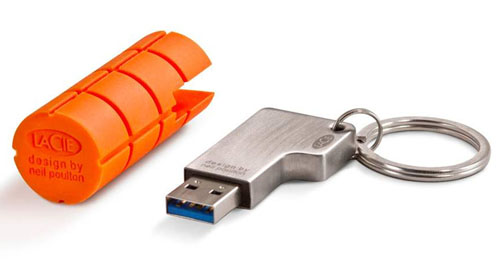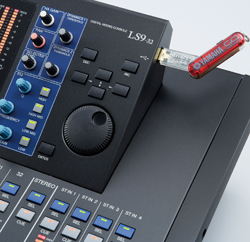Digital consoles have produced many benefits and changes to touring live sound workflow.
Instant reset-ability, automated scene changes and multi-band festivals on a single mixer, just to name a few.
Perhaps the biggest is that it’s no longer necessary to bring the console itself from on tour; instead, the console’s show file just needs to be loaded onto a similar desk.
While the move from analog to digital also drastically reduced console size and weight on a per channel basis, a digital console’s file, made of a small collection of ones and zeros, takes no space at all when it’s emailed across the country or around the world.
The file is only a few hundred kilobytes, about the same as the digital file for the input list and stage plot PDF document used to describe the show.
Early on, mix engineers understood that for analog consoles, getting microphone pre-amp gains, high-pass filters and EQ settings for individual channels correctly reset was one key to getting multiple bands on and off a festival stage, leading to various methods of “charting” a console. Today, digital consoles are extremely precise, producing accurate settings for not just gain and filters, but for every adjustable parameter in the desk.
A prime directive of file-based touring (FBT) engineers is using the exact same make and model of mics every night, so that precise, predictable results are produced by the console and the same mix can be provided at its outputs, aside from output EQ that must be customized for the daily combination of loudspeakers and room acoustics.
A digital console reproduces a matrix of precise gain and EQ settings from inputs to outputs with precision in tenths or even hundredths of a dB. FBT engineers that headline an appearance often have ample time after they load their files onto the console du jour, to adjust for any microphone substitutions from the previous show, as well as to optimize their loudspeaker system.

Throw And Go
However, when FBT engineers appear at festivals, they may have little or no time to hear what each input sounds like, often just a quick “throw-and-go” line check to hear if every input is connected. Using consistent mics and DIs allows engineers to enter into the festival process with confidence, knowing each channel has the correct gain and EQ because the same makes and models are being used without substitution.
For FBT engineers who bring only a console file to a festival, correctly fulfilling their input list requirements from local inventory is the key to success, so they can mix from the first song while adjusting system EQ, instead of beginning their show tweaking input gains to re-balance their desk and checking channel EQ.
The combined response of speaker systems and venues varies from one show to the next and FBT engineers must rely on the PA being adjusted to a consistent standard so their mix translates correctly. The same is true for monitor engineers using local wedges.




















